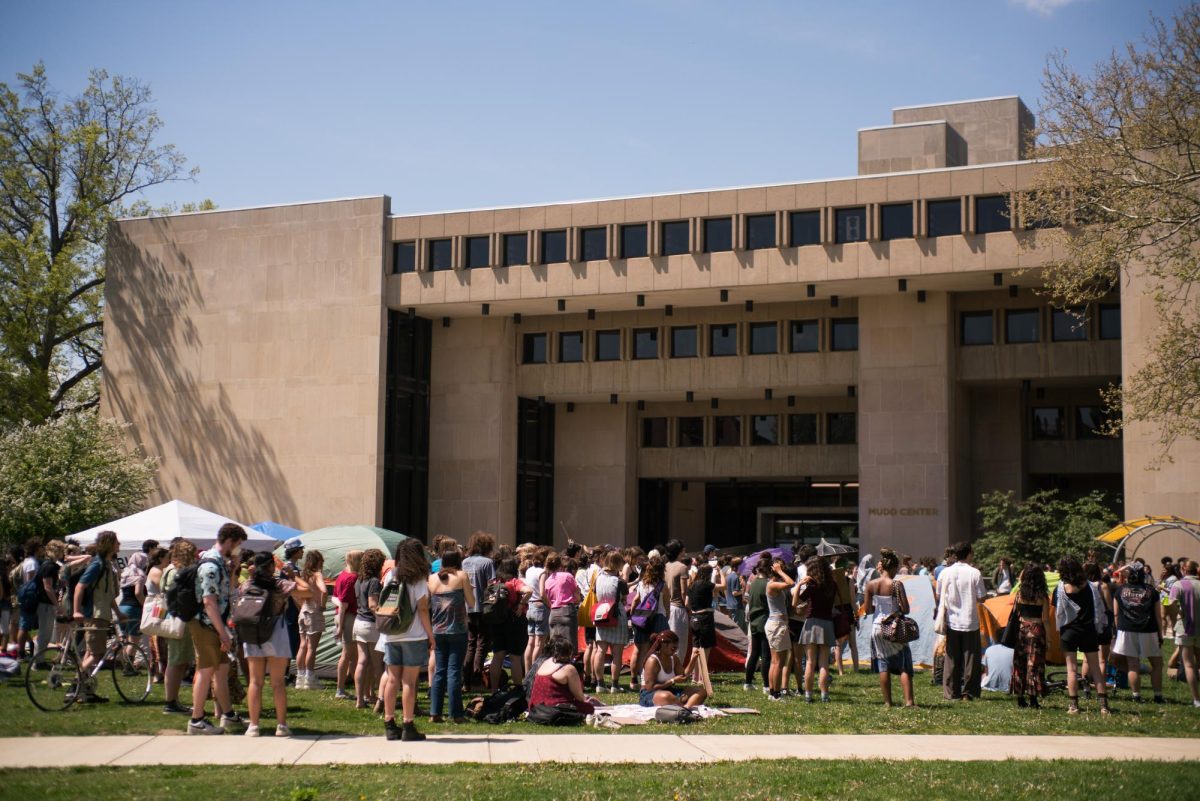Higher education institutions have consistently set up challenges for students of color. Especially in predominantly white institutions, there tends to be very little access to resources and support systems, financial and otherwise. The lack of generational wealth and resources due to systemic oppression is further complicated by the financial debt incurred by higher education. The Supreme Court’s ruling against affirmative action will only exacerbate these chronic issues. It will heavily impact generations of incoming college and university students of color.
The Supreme Court overturned affirmative action under the assumption that students of color have an unfair advantage when applying to schools. This perspective is one-sided and fails to acknowledge barriers to wealth, education, and resources that disadvantage people of color in America. In not recognizing students’ racial identity, these institutions ignore a significant factor that influences their daily experiences. College admissions will still allow students to write about their racial identities and experiences in their essays, but that’s not enough. It’s almost like the statement “I don’t see color” — if you “don’t see color,” then you’re ignoring the experiences and daily battles that come with being a person of color.
One of the Supreme Court justices of color, Justice Sonia Sotomayor, wrote a dissenting opinion on the affirmative action case, saying that the decision “rolls back decades of precedent and momentous progress.” Affirmative action gave people of color a chance to be accepted into spaces that weren’t as accepting before. A lot of “top schools” are PWIs, and affirmative action prompted these institutions to expand their student bodies and recognize the many students of color who are capable and intelligent. Now that affirmative action has been removed, this progress that was made on college campuses will reduce.
Affirmative action allowed colleges and universities to branch out and be more welcoming. Of course, every student had to have been qualified to be accepted; there was no “shortcut.” It wasn’t a tool used by students of color to guarantee admission. Grades, student involvement, personality, et were still huge elements that decided who would be accepted into a school. Affirmative action was in place because navigating academia is hard enough for students of color already. They have to overcome obstacles like constantly having to prove that they’re intelligent enough to access advanced classes or not seeing themselves represented among faculty. It was a way for college admissions to communicate with those students and say, “We see you.”
Different aspects set students apart from one another, and some people’s experiences and learning journeys are different. Racial identity is a crucial element that sets a student apart. Recognizing that identity and acknowledging those differing experiences is essential for how students learn in academic spaces. Regardless of positions on the issue, colleges will have to change to adapt to the new ruling. Some will want to support students of color even more and continue providing resources geared toward them. Others will wholeheartedly follow the decision and ignore the implications that come with it. For example, some institutions believe viewing the personal essay as more significant in applications will be enough for students of color to feel acknowledged and respected. But students of color shouldn’t have to rely on essays to make their racial identity known. It’s been proven that discussing strengths, aspirations, passions, cultures, and goals showcases a student’s individuality. They shouldn’t feel pressured to just focus on their racial trauma.
Students of color applying to colleges this fall will juggle quite a bit during their senior year of high school. College scholarships geared toward them might not be available; there were already very few available in the first place. Affirmative action helped create space for students of color who often do not receive the recognition or acknowledgment they deserve. These students fought hard to hold space within the academic community and be seen as “high-achieving,” in comparison to their white peers who are recognized constantly. Just like Justice Sotomayor said, this sets us back quite a bit. For many, college was a hope that things would be more accepting, open, and inclusive, but now that’s being taken away. Now, they will have more difficulty seeing college as a place where they can be supported.





